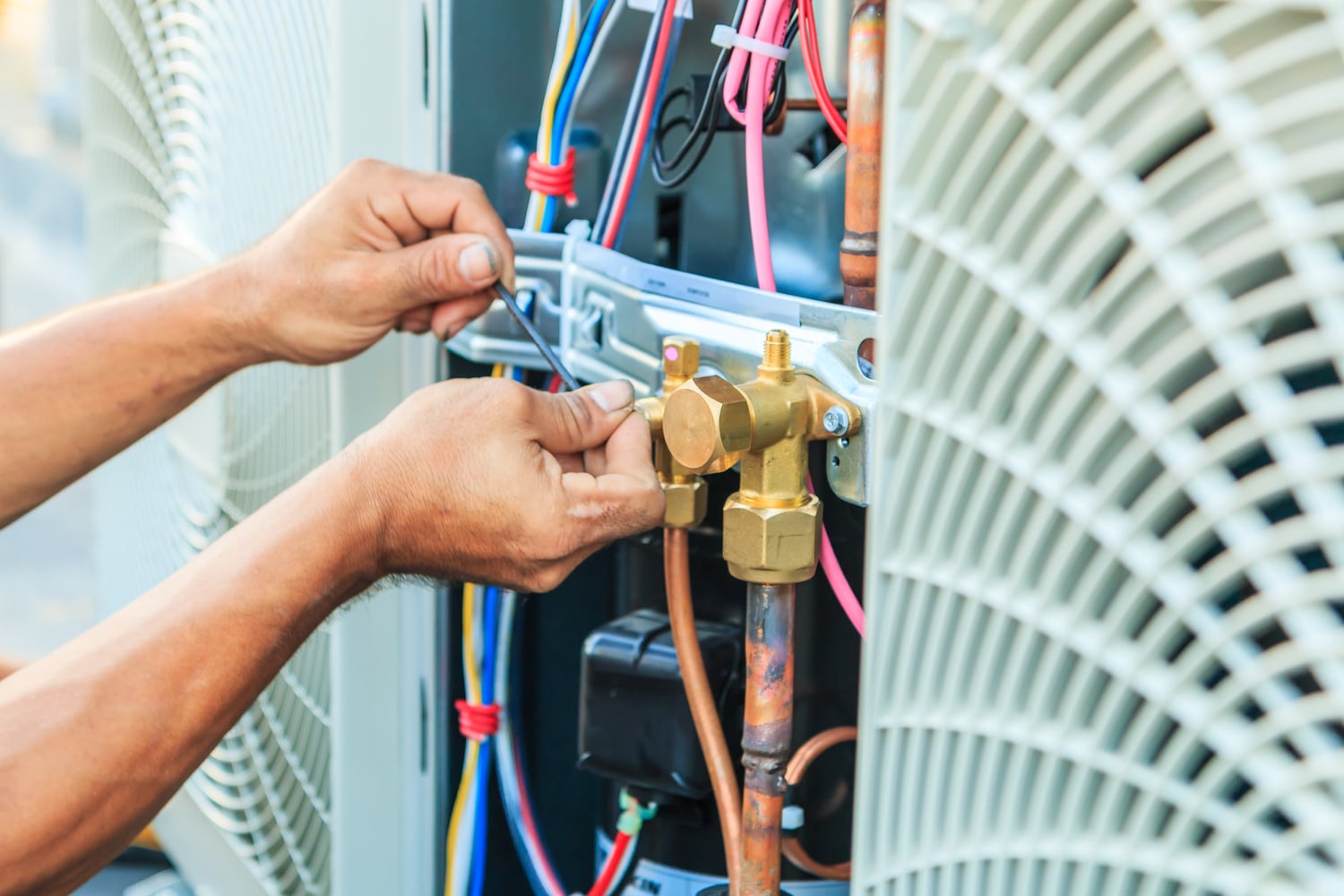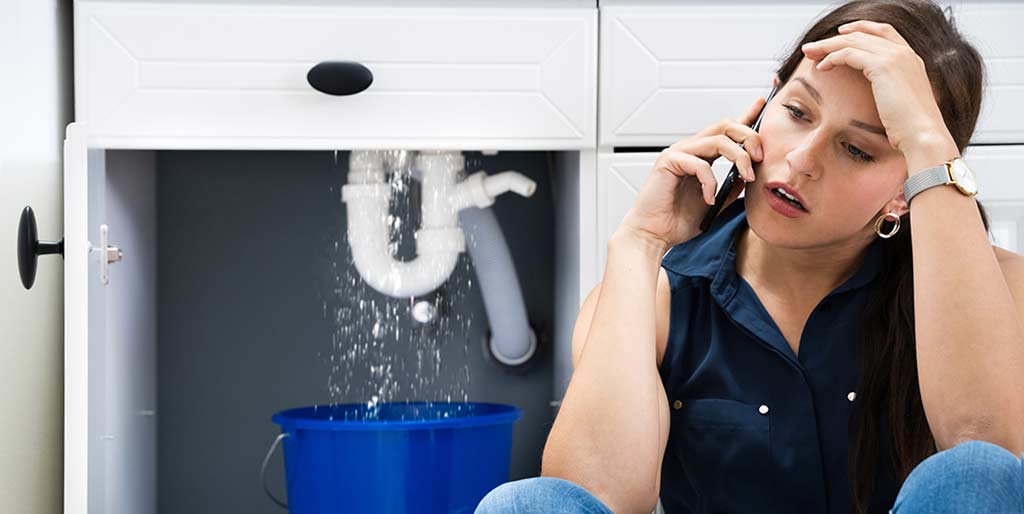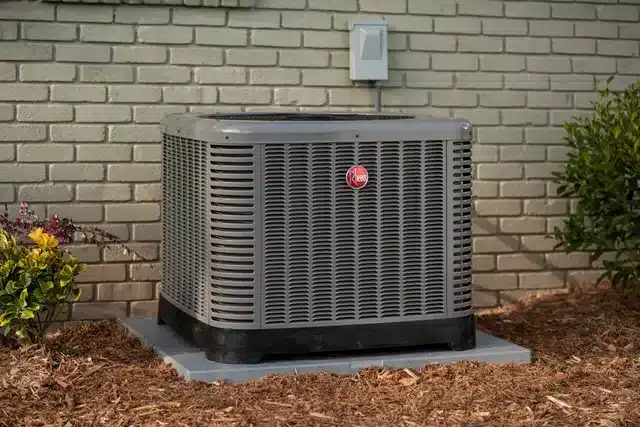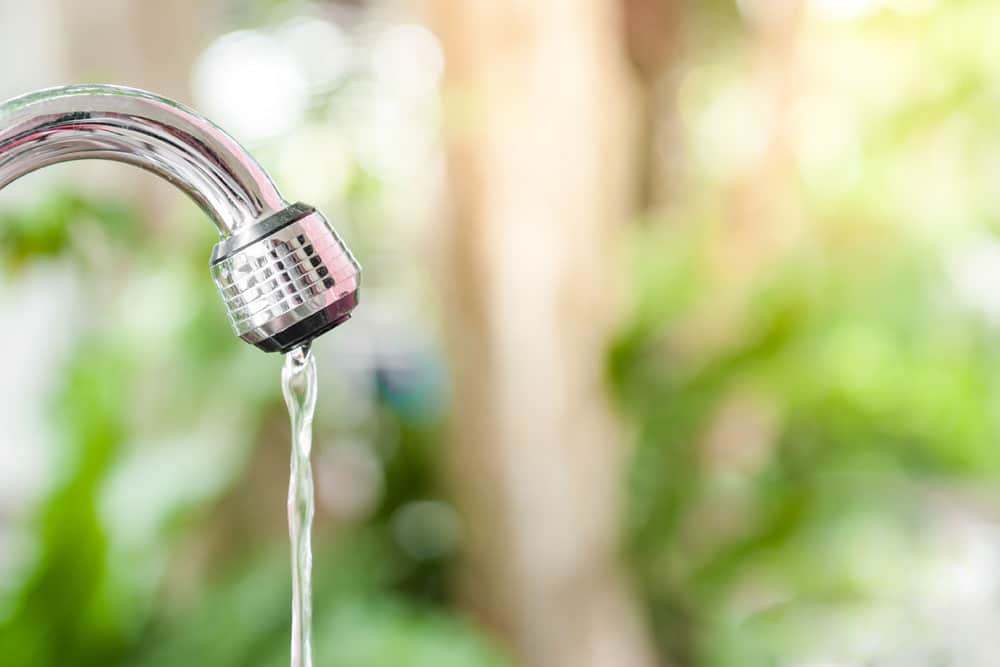Living in the Salt Lake Valley means experiencing hot summers where a reliable air conditioning system isn’t just a luxury—it’s essential. At Green Line Plumbing, Heating and Air, we understand that replacing your AC system is a significant investment for Salt Lake City homeowners. However, continuing to repair an aging or inefficient unit can often cost more in the long run than investing in a new system. Recognizing the warning signs early can help you plan for a replacement before facing an emergency breakdown during those scorching Utah summer days. This comprehensive guide will walk you through the telltale indicators that your air conditioning system is nearing the end of its useful life, helping homeowners in Murray, Sandy, West Valley City, and throughout the Salt Lake Valley make informed decisions about their home comfort systems.
Key Takeaways
- Most AC systems in Salt Lake City homes last 10-15 years; units approaching this age should be monitored closely
- Rising energy bills despite consistent usage patterns often signal decreasing efficiency
- Frequent repairs costing more than 50% of a new system’s price indicate replacement is more economical
- Unusual noises, inconsistent cooling, and poor indoor air quality are warning signs of system failure
- Upgrading to a modern, energy-efficient AC system can reduce cooling costs by 20-40% for Utah homeowners
- Professional assessment from local HVAC experts is recommended before making the replacement decision
Age of Your AC System
The 10-15 Year Benchmark
One of the most reliable indicators that your AC system may need replacement is simply its age. Most air conditioning systems installed in Salt Lake Valley homes have a lifespan of 10-15 years, even with proper maintenance. If your system is approaching or has exceeded this timeframe, it’s wise to begin considering replacement options rather than continuing to invest in an aging unit.
Technological Advancements
HVAC technology has advanced significantly over the past decade. Modern AC systems offer substantially better energy efficiency ratings than units installed just 10 years ago. For Utah homeowners dealing with hot summer months, these efficiency improvements can translate to significant savings on monthly utility bills while providing better cooling performance during those triple-digit temperature days we often experience in July and August.
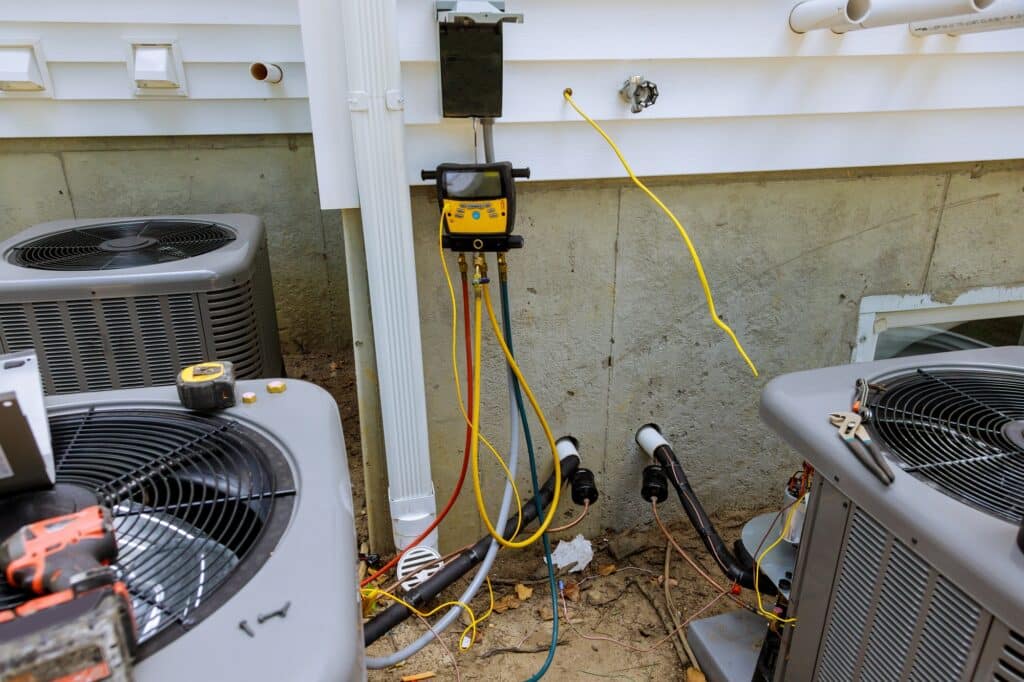
Rising Energy Bills
Unexplained Cost Increases
Have you noticed your summer cooling bills climbing higher each year, despite relatively consistent usage? This is often one of the earliest warning signs that your AC system is losing efficiency. As components wear out and the system works harder to produce the same cooling output, it consumes more electricity—a particular concern for homeowners in areas like Holladay, Cottonwood Heights, and Millcreek, where summer temperatures can soar.
Efficiency Decline
Air conditioners naturally lose efficiency as they age, typically at a rate of about 2% per year. This means a 10-year-old system may be operating at 80% of its original efficiency or less. Newer SEER (Seasonal Energy Efficiency Ratio) rated systems can dramatically reduce your Salt Lake County home’s cooling costs, often by 20-40% compared to older models.
Frequent or Costly Repairs
The 50% Rule
A good rule of thumb for Salt Lake Valley homeowners: if a repair will cost more than 50% of a new system’s price, replacement is likely the more economical choice. Additionally, if you’ve needed multiple repairs in recent years, these costs can quickly accumulate beyond the price of a new, reliable system.
Part Availability Issues
Older AC systems often use parts that are becoming obsolete or difficult to source. This is particularly true for systems that use R-22 refrigerant (Freon), which has been phased out due to environmental concerns. If your system requires R-22, which is now extremely expensive and limited in supply, replacement with a modern R-410A system is almost always the better long-term solution for your Draper, South Jordan, or Taylorsville home.
Unusual Noises and Operating Issues
Strange Sounds
Unusual noises—grinding, scraping, buzzing, or rattling—typically indicate mechanical problems within your AC system. While some noises may be repairable, they often point to serious wear and tear on major components like the compressor or fan motors.
Frequent Cycling
If your air conditioner cycles on and off more frequently than in previous years, this could indicate an oversized unit or a failing system. Short-cycling puts additional strain on components and reduces both efficiency and comfort in your Salt Lake City area home.
Startup Difficulties
Does your AC system struggle to start up, or does it shut down unexpectedly? These symptoms often indicate electrical control failures or component issues that may not be economically repairable, especially in older units serving homes throughout the Salt Lake Valley.
Inconsistent Cooling and Humidity Control
Temperature Variations
Do you notice significant temperature differences between rooms in your home? Are some areas uncomfortably warm while others are adequately cooled? These inconsistencies often signal that your AC system can no longer generate or distribute cool air effectively throughout your Utah home.
Humidity Problems
Modern air conditioning systems do more than cool the air—they help control humidity levels for optimal comfort. If your home feels unusually humid during summer months, despite your AC running constantly, this could indicate that your system is no longer capable of properly dehumidifying your living space, a particular concern in areas near the Jordan River or other waterways where ambient humidity can be higher.
Refrigerant Leaks
Environmental and Performance Concerns
Refrigerant leaks are serious issues that affect both system performance and the environment. If your technician has detected leaks or your system requires frequent refrigerant recharging, this indicates a significant problem. Modern systems are sealed units that should never need refrigerant additions unless there’s a leak.
Repair vs. Replace Decision
For older systems using R-22 refrigerant, repairing leaks and recharging with increasingly expensive R-22 is rarely cost-effective. The environmental impact and high cost of this phased-out refrigerant make replacement with a modern R-410A system the responsible choice for environmentally-conscious Salt Lake homeowners.
Poor Indoor Air Quality
Increasing Dust or Allergies
Have you noticed increased dust accumulation in your home or worsening allergy symptoms? Your aging AC system might be struggling to filter air properly or could be circulating dust and allergens—a serious concern for families in the Salt Lake Valley where air quality can already be compromised during certain seasons.
Excess Humidity and Mold Concerns
Ineffective humidity control can lead to mold and mildew growth in Utah homes. If you’ve noticed musty odors or visible mold in your home, your AC system may no longer be properly managing indoor humidity levels, creating potential health hazards for your family.
Benefits of Upgrading Your AC System
Energy Efficiency Improvements
Modern air conditioning systems offer dramatically improved efficiency ratings compared to units manufactured just a decade ago. For Salt Lake Valley homeowners, this can mean energy savings of 20-40% on cooling costs—significant over the life of the system.
Enhanced Comfort Features
New AC systems provide better temperature control, more effective humidity management, and quieter operation. Many also include smart features like Wi-Fi connectivity, allowing Salt Lake City area homeowners to control their systems remotely and further optimize energy usage.
Environmental Benefits
Upgrading to an environmentally-friendly system that uses R-410A refrigerant reduces your carbon footprint and aligns with Utah’s growing focus on sustainability and environmental protection.
Available Rebates and Incentives
Rocky Mountain Power and local utilities often offer rebates and incentives for upgrading to energy-efficient HVAC systems. These financial incentives can significantly reduce the initial investment for Salt Lake County homeowners considering a system replacement.
Choosing a New AC System for Your Salt Lake Valley Home
Proper Sizing and Assessment
When replacing your AC system, proper sizing is crucial. An oversized or undersized system will never operate efficiently in our unique Utah climate. Green Line Plumbing, Heating and Air provides comprehensive home assessments to ensure the perfect system for your specific needs.
Energy Efficiency Ratings
Look for systems with high SEER ratings. While Utah’s minimum requirement is 14 SEER, systems with ratings of 16+ offer significantly better efficiency and long-term savings for homes in Salt Lake City, West Jordan, and surrounding communities.
Installation Quality
Even the best AC system will underperform if improperly installed. Professional installation by experienced local technicians familiar with Salt Lake Valley’s unique climate considerations is essential for optimal performance and system longevity.
FAQ Section
How do I know if my AC system is the right size for my Salt Lake home?
Signs of an improperly sized system include short cycling, inability to maintain comfortable temperatures during extreme heat, excessive humidity, or unusually high energy bills. A professional load calculation from a trusted Salt Lake Valley HVAC company can determine the correct size for your specific home.
What SEER rating should I look for when replacing my AC in Utah?
While Utah’s minimum requirement is 14 SEER, we recommend at least 16 SEER for optimal efficiency in our climate. Systems with 18+ SEER ratings provide maximum energy savings but come with higher upfront costs.
How long does AC replacement typically take for a Salt Lake Valley home?
Most residential AC replacements in the Salt Lake area can be completed in a single day, though more complex installations may require 2-3 days. Green Line Plumbing, Heating and Air works efficiently to minimize disruption to your home comfort.
Are there financing options available for AC replacement?
Yes, many Salt Lake Valley HVAC companies, including Green Line Plumbing, Heating and Air, offer financing options with competitive rates to help make your AC replacement more affordable. Additionally, check with Rocky Mountain Power for potential rebates on energy-efficient systems.
Should I replace my furnace at the same time as my AC?
If your furnace is also aging (15+ years), replacing both systems simultaneously often provides cost savings on installation and ensures optimal compatibility between components. This is especially important for Salt Lake homes with matched heating and cooling systems.
Local Resources for Salt Lake Valley Homeowners
- Rocky Mountain Power Wattsmart Program – Offers rebates for energy-efficient HVAC upgrades
- Utah Clean Energy – Provides information on energy-efficient home improvements and available incentives
- Salt Lake County Health Department – Resources for improving indoor air quality
- Utah Division of Air Quality – Information on how home efficiency upgrades help improve Utah’s air quality
Conclusion
Recognizing the signs that your AC system needs replacement can save Salt Lake Valley homeowners from emergency breakdowns during our hottest summer days and from wasting money on an inefficient, failing system. From rising energy bills to frequent repairs, unusual noises to inadequate cooling, these warning signs should prompt you to consult with a trusted local HVAC professional.
At Green Line Plumbing, Heating and Air, we’re committed to helping homeowners throughout the Salt Lake Valley make informed decisions about their home comfort systems. Our experienced technicians provide honest assessments and quality installations designed specifically for Utah’s unique climate challenges. By being proactive about replacing your aging AC system, you can ensure reliable comfort, improved efficiency, and peace of mind during even the hottest Salt Lake summers.


